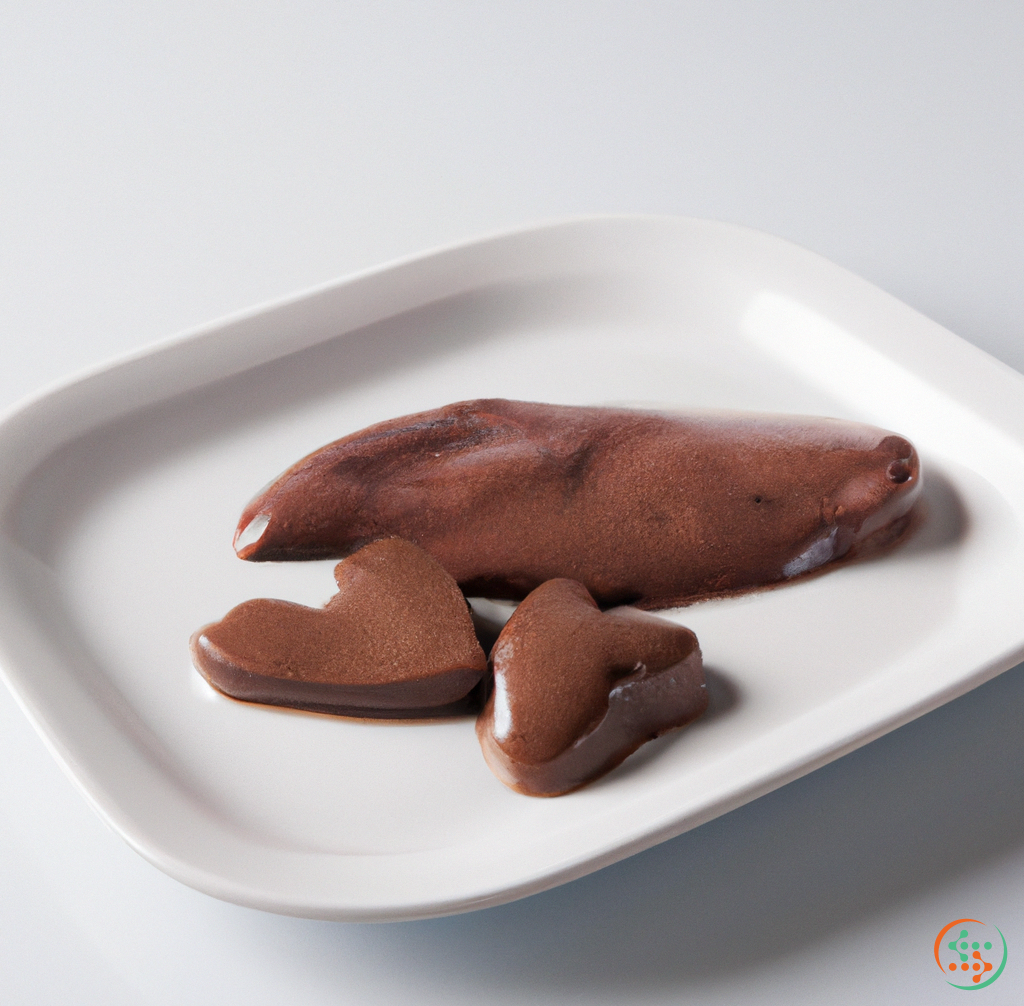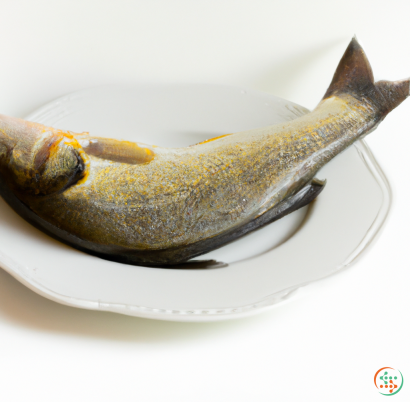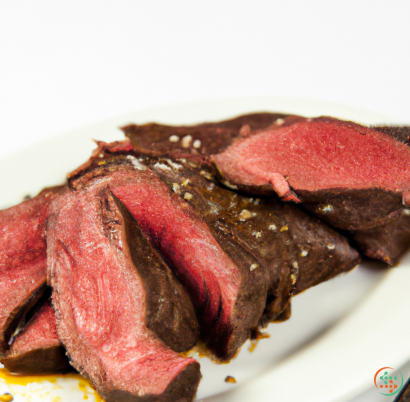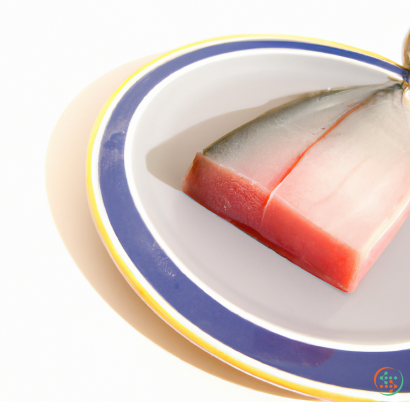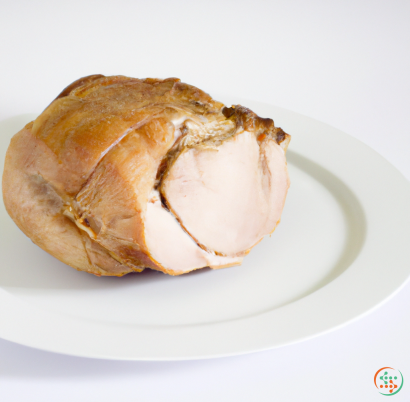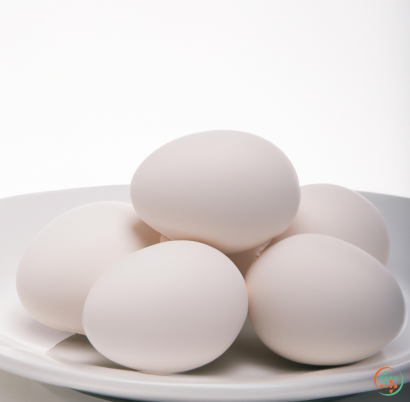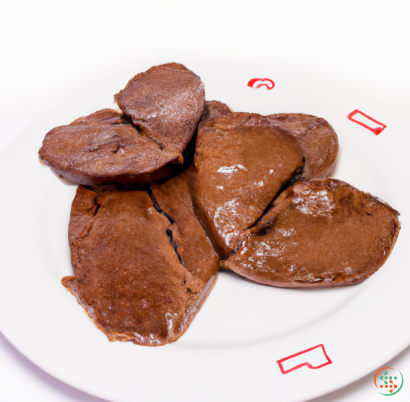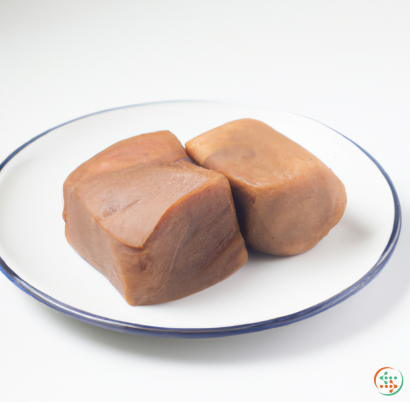Pork Liver
A Pork liver is one of the most versatile organ meats available. It can be eaten as a delicacy, used as an ingredient in a variety of dishes, and often included in stews or soups for added flavor and nutrition. The pork liver is a rich source of vital nutrients including B complex vitamins, iron, zinc, selenium, phosphorus, and copper. It’s also a great source of essential fatty acids like omega 3s.
Pork livers come from the underside of a pig where the kidneys, gall bladder, and pancreas are located. They are typically sold fresh, frozen, or canned, with fresh pork livers generally tasting the best. When selecting a pork liver for cooking, look for one that’s firm and smooth-textured, without any blemishes or discoloration. Also, make sure it’s not slimy or overly smelly.
The pork liver can be prepared a number of ways, including frying, sautéing, boiling, stewing, roasting, and steaming. The liver should be lightly seasoned before cooking, since the organ meat contains a lot of natural salt. It can be served as-is, or used as a filling for appetizers, sandwiches, and entrées. It can also be added to a variety of dishes like casserole and frittatas.
To prepare a pork liver, you should trim off any fat and connective tissue first. The organ meat should then be rinsed thoroughly and soaked or poached in salted water for 30 – 45 minutes prior to cooking.
When frying pork liver, heat a skillet over medium-high heat, then add a small amount of cooking oil or fat. Place the liver pieces in the skillet and cook for about 5 to 10 minutes, or until light golden-brown. If desired, onions, garlic, and other seasonings can be added to the skillet. Once the liver is cooked, it should be served hot or cold.
When sautéing pork liver, heat some butter or oil in a skillet over medium-high heat. Add the liver pieces to the skillet and cook until they are lightly browned, then stir in some seasonings, such as diced onions and garlic, herbs, and lemon juice. Cook for a few more minutes until the flavors have blended together.
If you’re boiling pork liver, it should be placed in a saucepan with enough salted water to cover the liver. Bring the water to a boil, then reduce the heat and simmer for 15 to 20 minutes. To avoid having a rubbery consistency, it’s important not to overcook the liver. You can also poach the liver in a combination of coffee and water for a unique flavor.
To stew pork liver, put the liver pieces into a large saucepan with a small amount of beef or chicken stock. Simmer for 15 to 20 minutes, or until the liver is cooked through. You can also add vegetables like carrots, celery, and onions for added flavor.
Finally, roasting and steaming are both excellent ways to cook pork liver. To roast the liver, preheat oven to 350 degrees Fahrenheit and place the liver pieces in a roasting pan. Roast for 25 to 30 minutes. When steaming, add the liver to a steamer basket and place over a pan filled with simmering water. Steam for 10 to 15 minutes.
No matter how you choose to prepare your pork liver, it will be rich in flavor and nutrients. Enjoy it as an appetizer, side dish, or main course. Pork liver is a versatile, nutrient-packed meat that you’ll want to add to your regular rotation of meals.
Introduction
At first glance, the journey of a pork liver from a farm, to a butcher, to a dinner plate can seem rather simple. But in actuality, it is a complex and multi-faceted process that involves a variety of steps, each of which must be managed carefully in order for the pork liver to arrive on the plate in excellent condition. By understanding the different stages of the process, pork lovers can be sure that the food they are consuming is safe and of the highest quality.
The Role of Breeding
The very first step in the process of creating a pork liver is actually found on the farm, where the animals’ genetics are carefully managed by breeders. When creating a particular breed of animal, breeders must take into account numerous factors such as size, coat colour and texture, potential disease-causing traits, and the animal’s propensity for taking to the type of lifestyle they are likely to have on the farm.
In the case of the pig, the selection of individual animals for production involves careful consideration of a variety of parameters. Pigs that display characteristics such as good growth rate, efficient digestion, and an ability to cope with the environment of the farm are preferred by producers. Other important factors for selection include characteristics such as good feed conversion and feed intake efficiency, as well as structural soundness and proper fat and lean deposition in the pig’s body.
Furthermore, genetic selection plays an important role in the quality of meat produced by the pig. Genetic selection can help to improve the flavor and texture of pork, as well as producing meat that is visually appealing. For example, genetic selection has helped to create breeds that produce marbling, which gives the meat a unique and attractive appearance, as well as increasing its tenderness. Thus, by carefully selecting the right genes, pork producers can ensure that the pork liver served at dinner is of the highest quality.
The Role of Animal Care
Once the pigs have been selected for production, their well-being becomes of paramount importance. To this end, agricultural producers take a range of measures to ensure that their animals remain healthy, happy, and productive.
One of the most important tasks for producers is to provide the pigs with a comfortable living environment. This generally involves a combination of housing, exercise areas and feeding areas. The housing should be designed for the specific needs of pigs, seeking to create an environment which is not only comfortable and spacious but also dry and warm. The exercise areas should provide the animals with plenty of room to move around and engage in physical activity, while the feeding area should offer easy access to quality feed.
In addition to providing a comfortable home, producers must also ensure their animals are fed correctly. This includes offering nutritious food, with the right balance of proteins, vitamins and minerals, as well as providing the right amount of water on a regular basis. Poor feeding can lead to health issues in pigs, so it is important that producers keep an eye on their animals’ diet and adjust it accordingly.
Finally, the health of the pigs must be monitored closely to detect any issues early. Regular visits from a veterinarian, along with preventive measures such as vaccinations and deworming, can help to reduce the incidence of diseases and other health problems. By keeping a close eye on their animals’ well-being, producers can ensure that their pork liver reaches the dinner table in excellent condition.
The Role of the Butcher
Once the pigs have reached their designated weight, it is time for them to be transported to the nearby butcher. This is where the meat is cut, packaged, labelled and prepared for sale.
The first step of the butchering process involves removing the visible fat from the pig, as well as any organs and internal cavities which are not to be used in the production of the pork liver. This is often done with a handsaw and knives, to ensure that the fat and organs are removed cleanly and efficiently.
The next step involves separating the individual cuts of meat. This is done by separating out the shoulders, legs, loin, ribs and other parts. This can take several hours, depending on the size of the animal. Once the cuts are separated, they are carefully inspected by the butcher to ensure that they are of the highest quality.
Finally, the pork liver itself is detached from the tissue that surrounds it, and then trimmed and cut into the desired shape. At this stage, the butcher can add additional labels and packaging, either for retail sale or for freezing for later use. Once this is done, the pork liver is ready to be transported and sold.
The Role of Retailers
Once the pork liver has been prepared by the butcher, it is time for it to be transported and sold by retailers. This is often done by large retail outlets such as supermarkets, which may have their own cold storage facilities to preserve the meat and transport it quickly.
At the retail outlet, the pork liver is stocked and labelled with information such as the producer, species, origin, and the recommended cooking instructions. This helps customers make informed decisions, and also gives them confidence that the product they are purchasing is safe and of the highest quality.
The pork liver is then sold to customers, who take it home to prepare and cook as desired. The pork liver is then consumed, either at one sitting or in several servings over the course of several days.
Conclusion
Creating a pork liver worthy of a dinner plate requires a significant amount of effort throughout the entire process, from animal genetics and breeding, to the care of the animals, to the butchering and retailing of the product. However, with careful management, producers, butchers and retailers can ensure that the pork livers they sell are of the highest quality, safe, and flavorful.
| Vitamin A | 0.005405 grams | |
| Vitamin C | 0.0236 grams | |
| Vitamin B1 | 0.26 mg | |
| Vitamin B2 | 0.0022 grams | |
| Vitamin B3 | 0.00844 grams | |
| Vitamin B5 | 0.00477 grams | |
| Vitamin B6 | 0.57 mg | |
| Vitamin B9 | 0.163 mg | |
| Vitamin B12 | 0.01867 mg |
| Calcium | 0.01 grams |
Daily Value 1.3 g
|
| Iron | 0.01792 grams |
Daily Value 0.018 g
|
| Magnesium | 0.014 grams |
Daily Value 0.4 g
|
| Phosphorus | 0.241 grams |
Daily Value 1.25 g
|
| Potassium | 0.15 grams |
Daily Value 4.7 g
|
| Sodium | 0.049 grams |
Daily Value 2.3 g
|
| Zinc | 0.00672 grams |
Daily Value 0.011 g
|
| Copper | 0.63 mg |
Daily Value 0.9 mg
|
| Manganese | 0.3 mg |
Daily Value 0.0023 g
|
| Selenium | 0.0675 mg |
Daily Value 0.055 mg
|
| Tryptophan | 0.366 grams | |
| Threonine | 1.107 grams | |
| Isoleucine | 1.32 grams | |
| Leucine | 2.319 grams | |
| Lysine | 2.007 grams | |
| Methionine | 0.645 grams | |
| Cystine | 0.491 grams | |
| Phenylalanine | 1.274 grams | |
| Tyrosine | 0.887 grams | |
| Valine | 1.607 grams | |
| Arginine | 1.603 grams | |
| Histidine | 0.708 grams | |
| Alanine | 1.553 grams | |
| Aspartic Acid | 2.356 grams | |
| Glutamic Acid | 3.385 grams | |
| Glycine | 1.507 grams | |
| Proline | 1.395 grams | |
| Serine | 1.407 grams |
| Total Sugars | 0.131141 grams |
per 100g
|
| Myristic acid (14:0) | 0.02 grams |
|
| Palmitic acid (16:0) | 0.53 grams |
|
| Stearic acid (18:0) | 0.84 grams |
|
| Total Saturated fatty acids: | 1.39 g | |
| Erucic acid (22:1) | 0.04 grams |
|
| Oleic acid (18:1) | 0.56 grams |
|
| Palmitoleic acid (16:1) | 0.03 grams |
|
| Total Monounsaturated fatty acids: | 0.63 g | |
| Omega-3 Clupanodonic acid (22:5) | 0.04 grams |
|
| Linolenic acid (18:3) | 0.04 grams |
|
| Linoleic acid (18:2) | 0.42 grams |
|
| Total Polyunsaturated fatty acids: | 0.5 g | |
| Cholesterol | 0.36 grams |
|
| Total Sterols: | 0.36 g | |
